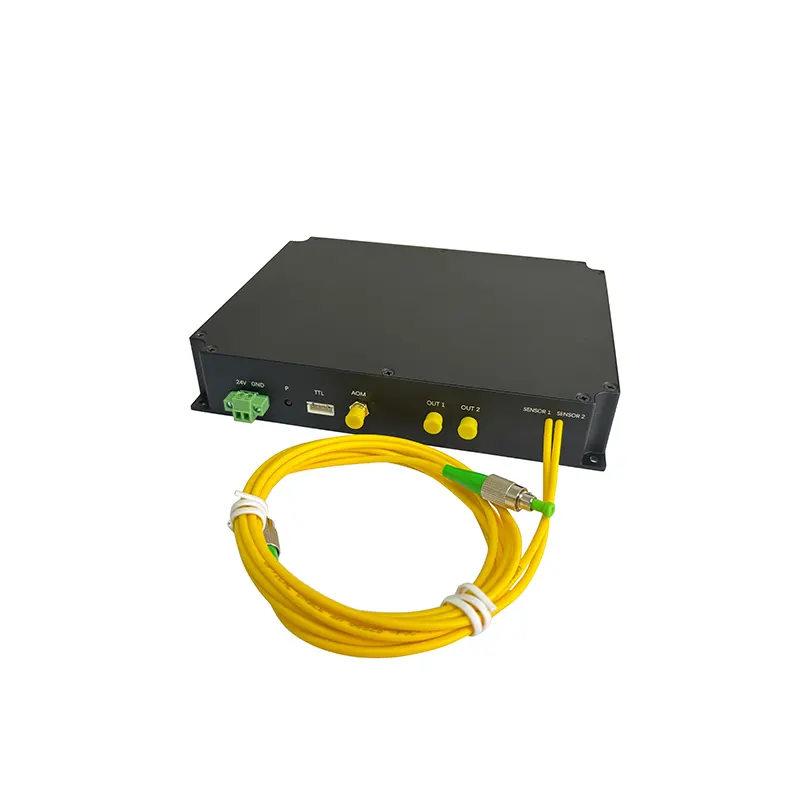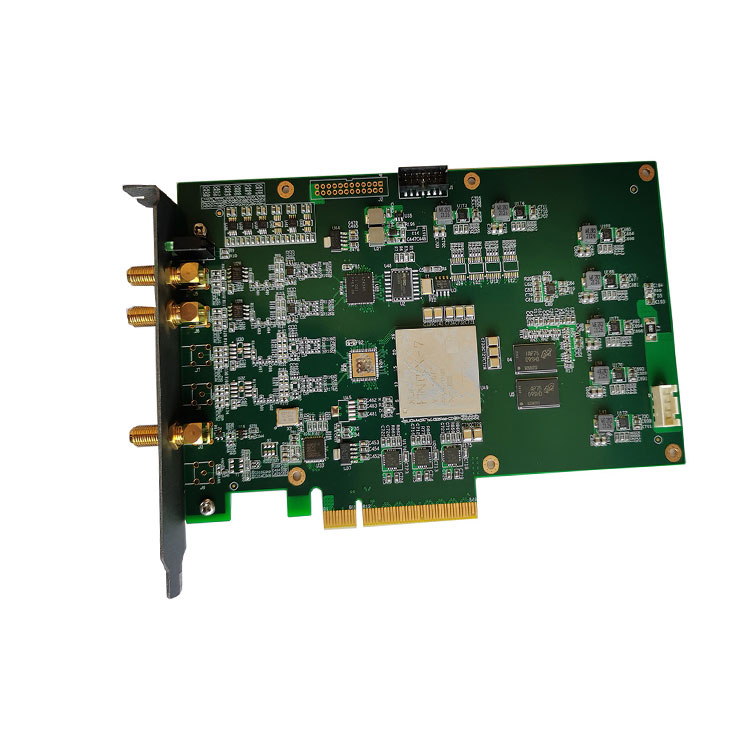Spatial Resolution Of Distributed Acoustic Sensing
The spatial resolution of distributed acoustic sensing refers to the minimum distance that the system is able to distinguish, and the spatial resolution of distributed acoustic sensing commonly found on the market is in the range of 5~10m.
What determines spatial resolution?
The spatial resolution of distributed acoustic sensing is determined by the pulse width of the emitted laser. The unit of pulse width is time, which can be understood as the distance obtained by multiplying this time by the speed of light. So we set a pulse width of 100ns corresponding to a spatial resolution rate of 10m, and similarly set a pulse width of 50ns corresponding to a spatial resolution of 5 meters.
Distinction between spatial resolution, sampling resolution and localization accuracy
The spatial resolution is the smallest distance that the system can resolve and is determined by the pulse width. Sampling resolution refers to the sampling accuracy of the acquisition card, which is determined by the sampling rate of the DAQ acquisition card, 250M sampling rate of the acquisition card corresponds to 0.4m, and 1G sampling rate of the acquisition card corresponds to 0.1m, and the positioning accuracy refers to the positioning accuracy of the vibration position, the positioning accuracy is not only related to the above 2 parameters, but also related to your software algorithm.
Many of the current literature, as well as the specifications of distributed acoustic sensing systems on the market, confuse these 3 parameters.
- What are the applications of distributed acoustic sensing?
- What kind of AOM should be used for DAS systems?
- What is the vibration response frequency of DAS?
- Spatial Resolution Of Distributed Acoustic Sensing
- What data acquisition card is needed for distributed acoustic sensing?
- EDFA for distributed acoustic sensing
- Balanced photodetectors for distributed acoustic sensing

